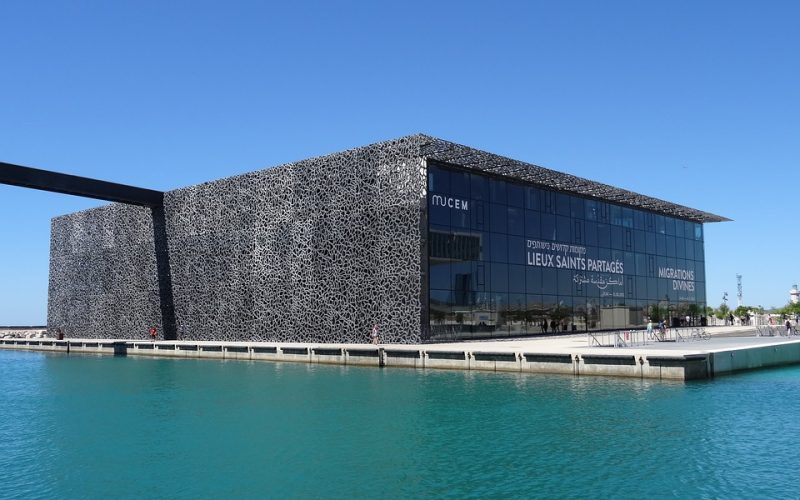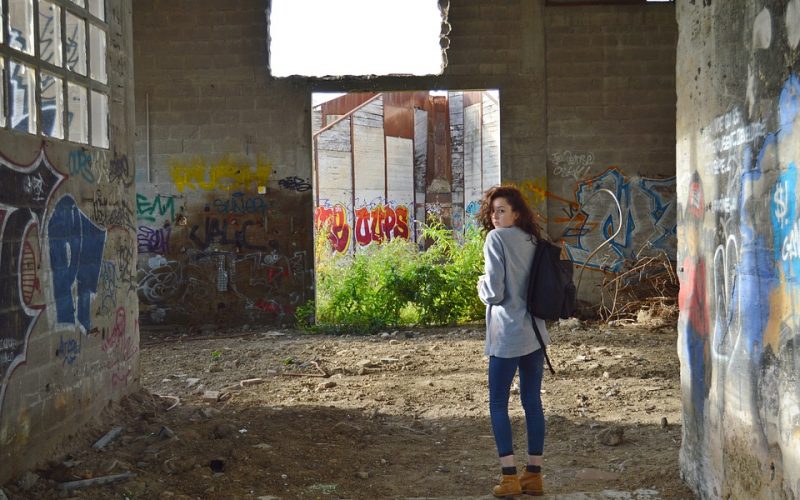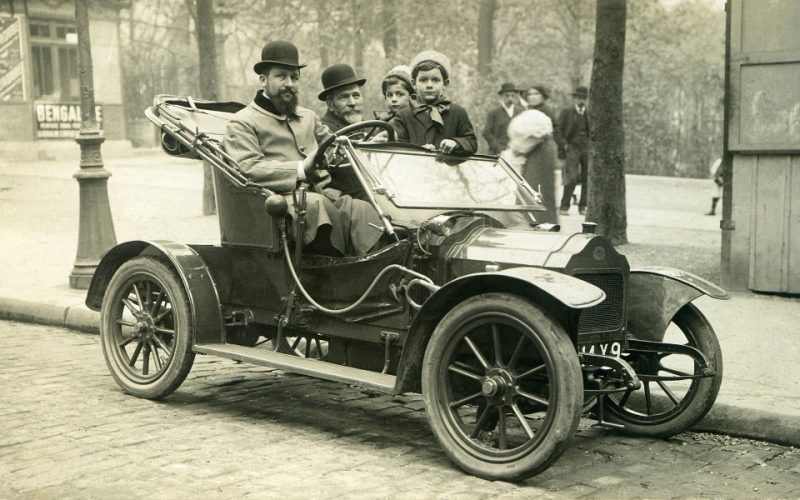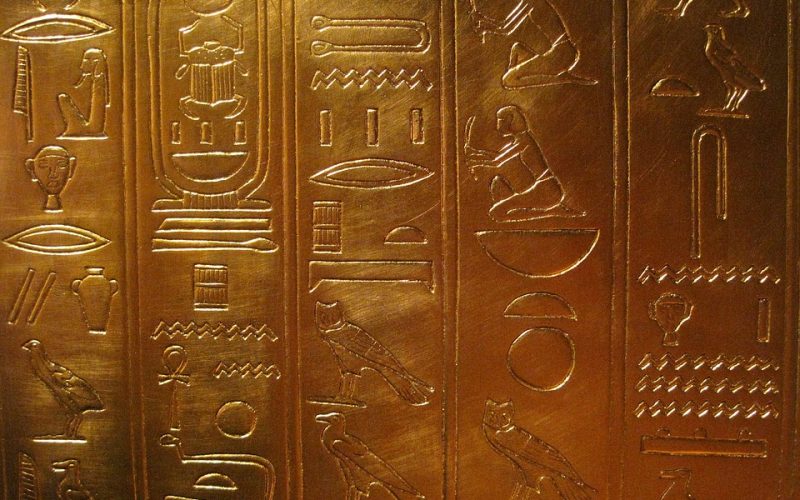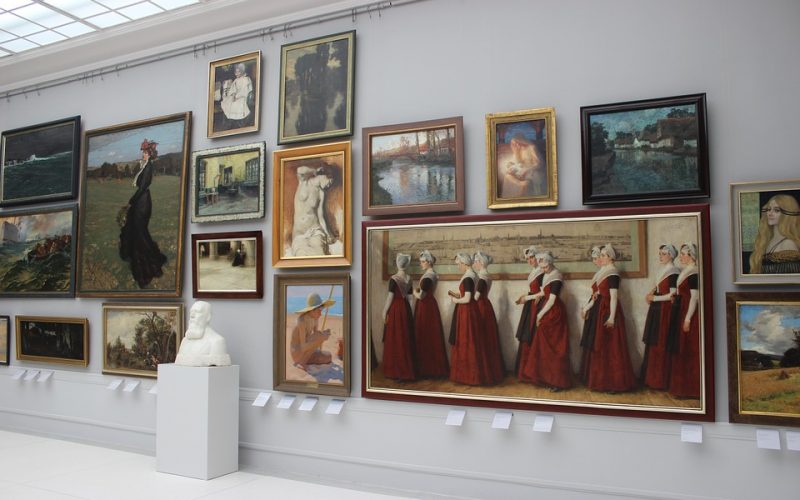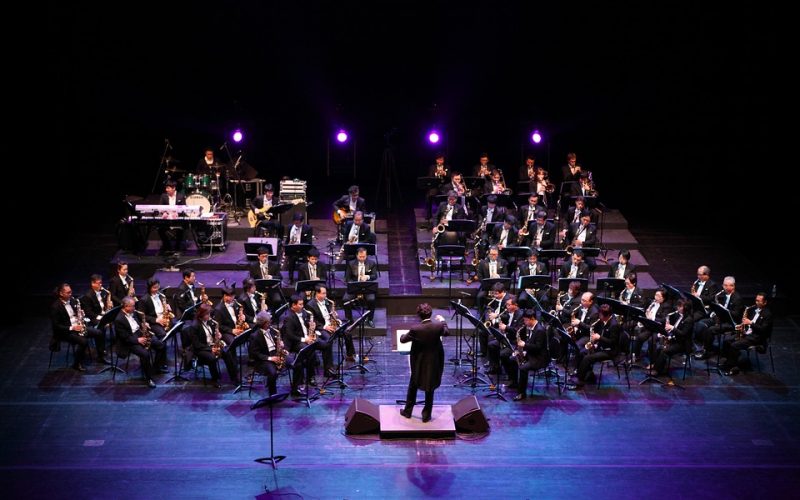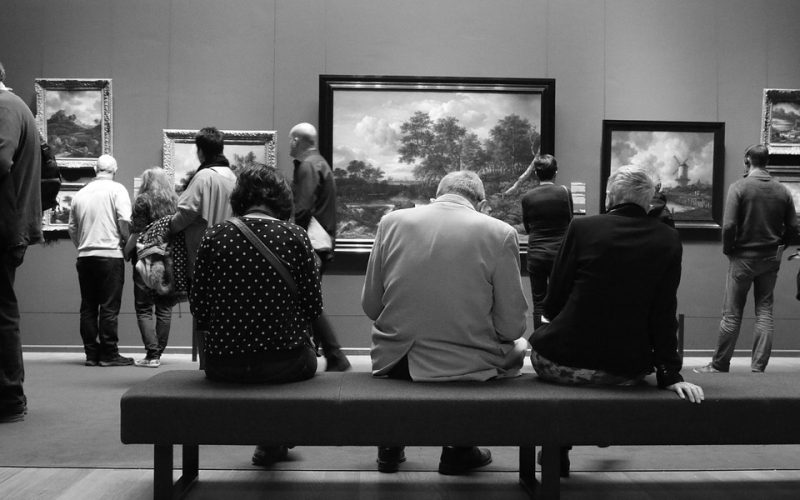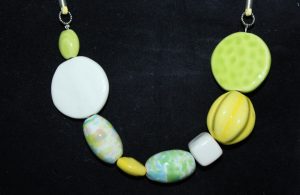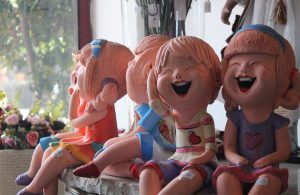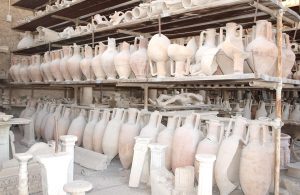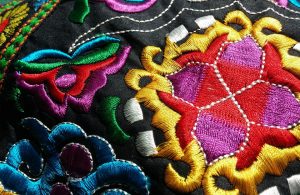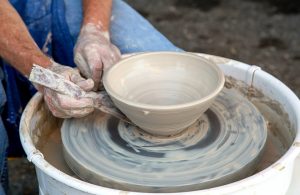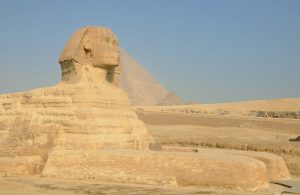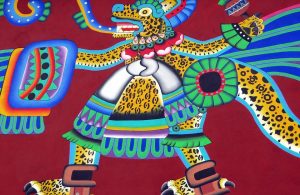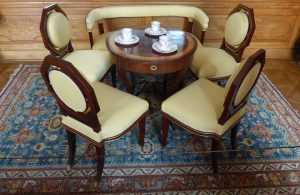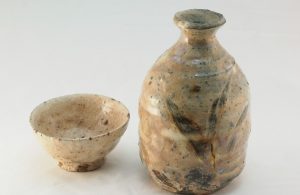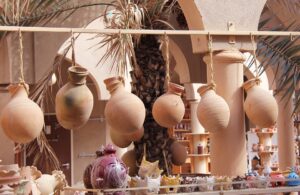Art museums are in cities and towns all over the world. The capital cities of most countries contain art museums and often have several. Major cities of the world that are not capitals are another place where art museums are located. Even smaller cities and towns boast their own collection of art on display. Each of these museums displays art that helps viewers experience the world through the eyes of the artists represented. They take a slice of culture and share it with those who enjoy art.
Large art museums often display pieces from many different cultures. They have agreements with other museums and trade displays to offer a more diverse experience for their visitors. Many museums have created traveling displays that go around the world. Their stops are usually in large cities and the tours last for several years. Each museum will keep the display for one or more months as a special attraction for visitors. The display is then shipped on to its next destination.
Smaller art museums do not have the luxury of importing display items. Their budgets are generally much smaller and they are dependent on local financial support. Because their visitor base is local and smaller, they confine their art to items that are historical to the area. Much of their art has been produced locally by those who lived in the area. This does not mean they have any less impact or value than larger museums. It is simply a different venue for displaying important art pieces.
A local museum of art will concentrate on historical events of the area. If a small town was settled within the last few hundred years, the art museum might concentrate on the artifacts and pieces created by the pioneers who settled the area. Rather than displaying large sculptures and famous paintings, less known artists from the area are featured. A typical art display will include paintings, pottery and ceramics produced locally over the years. Diaries of people who settled the area might also be included. This helps to define and explain the history of the local culture.
